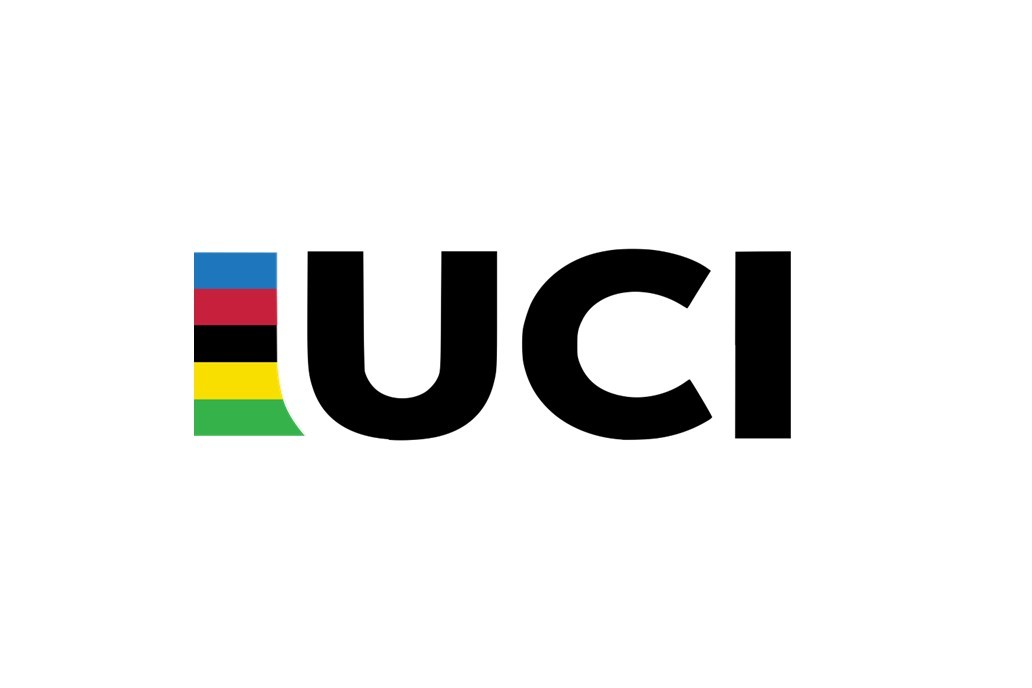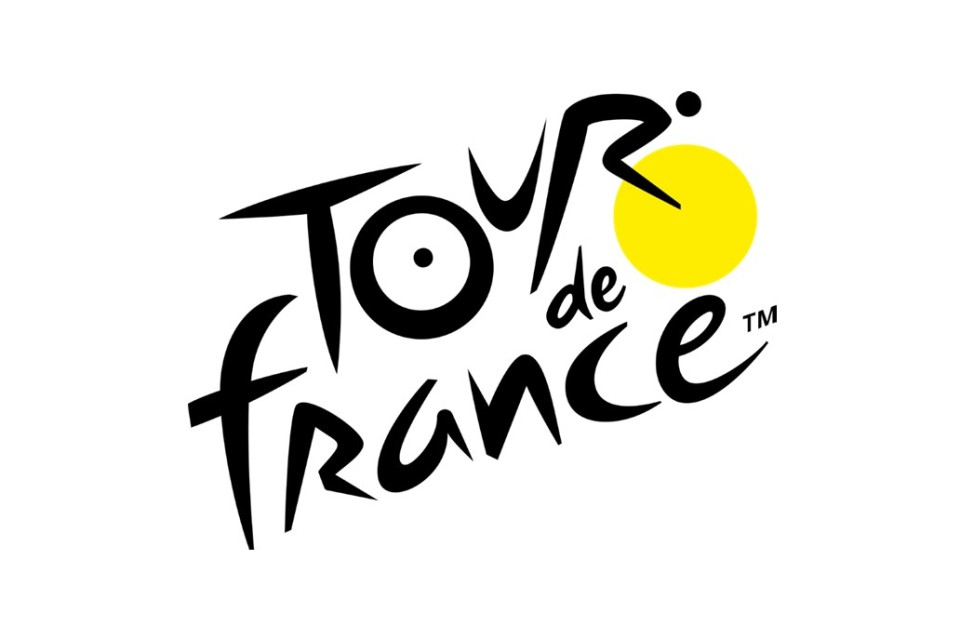Fri, July 04, 2025
Tour de France introduces yellow cards to tackle unsportsmanlike conduct

The Tour de France may issue yellow cards for unsportsmanlike behaviour, sparking debate over clarity
The Tour de France may issue yellow cards for unsportsmanlike behaviour which has sparked some debate over clarity. The riders will be inspected by an increasing number of race cameras and Union Cycliste Internationale (UCI) commissaires, according to The Guardian.
Reportedly, yellow cards may be issued for everything from celebrating a teammate’s win to riding on the pavement. A rider holding on to a drink bottle provided by their team car, dubbed ‘sticky bottle,’ for a protracted amount of time may also be penalised because they gain speed from the vehicle, though the time limit is currently unclear.
The yellow card was trialled in 2024 and will now be implemented into World Tour races. A rider could be disqualified for seven days if they receive two yellow cards during the Tour which is a three-week long race. A rider who receives three cards within 30 days may be disqualified for double the time.
Dutch rider Oscar Riesebeek received two yellow cards within three days in May. He expressed: “Looking back, I realise my behaviour in the race was not only wrong, but also put fellow riders at risk.”
Unsportsmanlike behaviour, including assault, intimidation, insults and threats will also be penalised. This involves pulling another rider’s jersey or saddle or hitting them with a helmet, knee, elbow, shoulder, foot or hand, for example.
However, this has caused controversy because some believe the regulations are too severe and lack clarity. For example, riders could be penalised for raising their arms at the back of a finish line sprint to celebrate their teammate’s victory. In a Tour de France sprint finish, ‘back of the finish line sprint’ refers to the final, high-speed sprint for the finish line by a large group of riders, often after a lead-out train has brought their sprinter to the front.
However, UCI stated: “It is worth noting that of the 159 yellow cards distributed by Commissaires so far, less than 50% have been imposed on riders (42%). Team staff (including mechanics and Sport Directors) account for 37% of yellow cards issued, media/TV representatives (15%) and other motorbikes (6%).”
Additionally, most approve of the fact that the cameras will also detect technical fraud, including motor doping. This is a method of cheating by using a hidden motor to help propel a racing bicycle. The UCI will implement an “incident and performance monitoring programme” where it will inspect riders through a battery of lenses.
UCI stated: “Anything that arouses suspicion will be identified, enabling better targeting of checks. We have five motorbike cameras, two helicopters and fixed cameras in the finish area, totalling 14 different feeds, during the stage. We record any incidents and share it with our jury colleagues, to discuss after the race.”
The usual post-race bike checks on the stage winner, the leader of each classification, a selection of random riders and “any rider who gives rise to suspicion, for example following the pre-stage control or as a result of events identified during in-race monitoring” will continue.
The UCI will “continuously monitor changes and anomalies in bike equipment and configuration,” via “pre-race magnetometer scans, incident and performance monitoring, and post-race X-ray inspections.”
UCI also launched an informant reward programme in 2024 to propel investigation of technological fraud.
David Lappartient, UCI president, expressed: “If we have a case of cheating with a motor in the bike – sorry, but it will destroy our sport.”
Nick Raudenski, former U.S. homeland security investigator, who is prominent in the fight against motor doping voiced: “We have to move towards a culture of integrity.”
Regarding other recent UCI safety measures, the international federation announced: “On the recommendations of SafeR, the UCI will carry out a test at the end of the season to limit the maximum gear ratios. The aim of this measure is to limit extreme rider speeds which are a risk factor for their safety. Tests at all stages of the Tour of Guangxi in China (14-19 October), will restrict the maximum gear ratio to an equivalent of 54 x 11 (10.46 metres per crank revolution). This end-of-season test will be followed by a rider survey and will enable this measure to be studied in detail ahead of any further testing in 2026.”
UCI’s safety statement can be found here.



